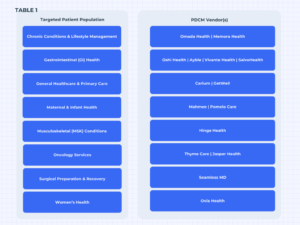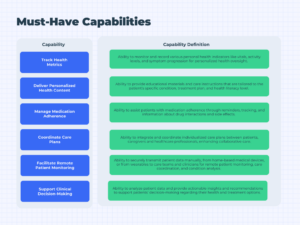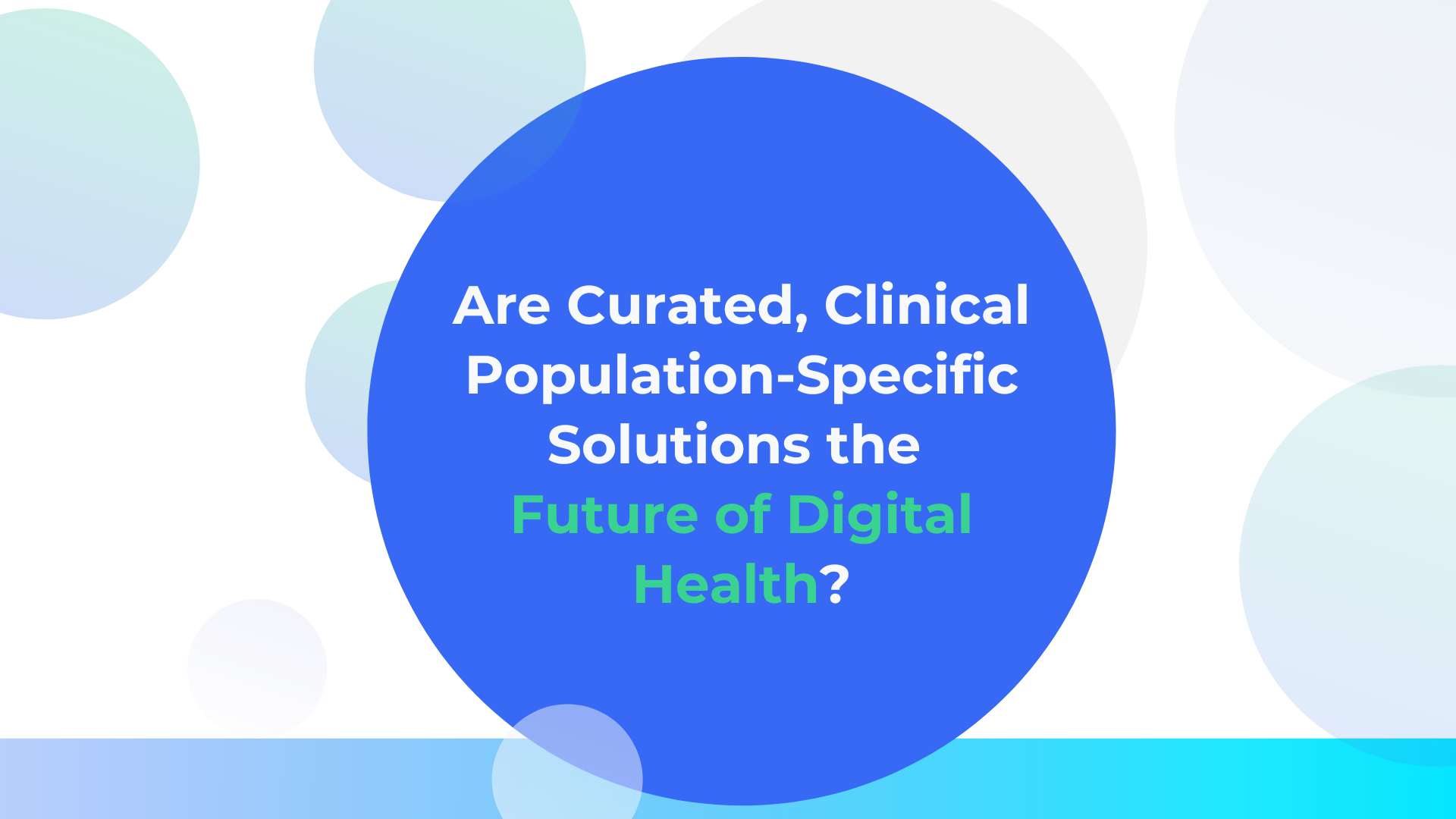Some have argued that the story of the global economy in the decade from 2010 – 2020 can be distilled down to the rise of consumerism. And while the broader economic trend towards curating products, services, and solutions to the specific needs and interests of consumers has been in the works for more than a century across all industries, it’s effects haven’t been felt profoundly in U.S. healthcare until recently. This is partially reflected in the rapid proliferation of new or innovative digital health solutions that have cropped up in the patient engagement & consumerism space. This digital health domain includes, but is not limited to: conversational A.I. platforms, price transparency tools, patient financial engagement, patient scheduling software, customer relationship management (CRM), patient intake software, patient-engagement platforms, reputation management software, and patient portals.
Meanwhile, the U.S. health and wellness market (inclusive of out-of-pocket healthcare spending) has grown to nearly $1 trillion. The pandemic seems to have only thrown gasoline on this fire, as PE investment and capital infusion deal activity in this category shot up nearly 50% from 2020 to 2021. And consumers, unsurprisingly, seem to be driving the health and wellness industry into new and exciting territories. In a recent survey of U.S. consumers, 58% indicated that they prioritize their health and wellness more today than they did a year ago. Much of the innovation happening here is in the advent of digital health and wellness solutions that are intentionally designed for specific disease states, medical challenges, and/or patient populations.
Where Does Patient-Driven Care Management Fit in This Story?
Patient-driven care management (PDCM) refers to integrated software for personalized care management and data-driven health insights & alerts that empower individual patients to self-manage aspects of their care needs or journeys. PDCM solutions are at the crossroads of the healthcare consumerism movement and the burgeoning demand for targeted health and wellness solutions. Generally speaking, the PDCM market is highly fragmented with some vendors focusing on one clinical modality or disease state and others providing a broader healthcare platform. Although leaders exist within certain clinical modalities or disease states, there are no clear market share leaders overall within the PDCM market. Table 1 below highlights a sample of some of the Panda Health identified PDCM vendors and the patient populations their solutions are targeting.

Why PDCM Solutions are Mission-Critical for Health Systems of Tomorrow
With health systems increasingly looking for ways to consolidate vendors and reduce operating expenses, it can be hard for newly vended digital health solutions to break into the market. However, PDCM platforms and solutions uniquely address a number of acute hospital and health system challenges, including:
- Enhancing Patient Engagement: PDCM solutions help address the challenge of keeping patients actively involved in their health journeys. By providing tools that facilitate education, communication, and self-care, these platforms can improve patient compliance and satisfaction.
- Streamlining Care Coordination: Hospitals often struggle with coordinating care among different departments and services. PDCM solutions offer centralized platforms that integrate care plans, schedules, and communications, simplifying the complex web of care coordination.
- Improving Outcomes Tracking: It can be difficult to monitor patient progress and health outcomes effectively. These solutions provide analytics and reporting tools that enable the tracking of health metrics over time, helping providers adjust care plans and interventions for better outcomes.
- Reducing Readmission Rates: By empowering patients with the tools to manage their conditions at home and providing follow-up care through remote monitoring, these platforms can reduce the likelihood of costly and preventable readmissions.
- Optimizing Resource Allocation: Hospitals face challenges in resource management. PDCM systems help by predicting patient needs, thus allowing for better staffing and resource allocation.
- Facilitating Compliance Adherence: Compliance with treatment protocols is key to recovery. These solutions provide medication reminders, educational content, and check-ins to support patients in adhering to their prescribed care plans, ultimately aiming to improve health outcomes.
 Panda Health has identified six distinct “must-have capabilities” that are found in a majority of the PDCM solutions currently on the market, represented in table 2 below. And in a world where healthcare executives grow ever more frustrated by the dearth of demonstratable ROIs across their portfolios of digital health investments, there is already a foundation of case studies and research indicating tangible returns on investment, both clinically and financially. Marketing materials and published research from a plurality of PDCM vendors indicate an estimated ROI ratio of 2:1 to 3:1 (with some even suggesting a far better ROI) Examples of measurable health system benefits from published case studies include:
Panda Health has identified six distinct “must-have capabilities” that are found in a majority of the PDCM solutions currently on the market, represented in table 2 below. And in a world where healthcare executives grow ever more frustrated by the dearth of demonstratable ROIs across their portfolios of digital health investments, there is already a foundation of case studies and research indicating tangible returns on investment, both clinically and financially. Marketing materials and published research from a plurality of PDCM vendors indicate an estimated ROI ratio of 2:1 to 3:1 (with some even suggesting a far better ROI) Examples of measurable health system benefits from published case studies include:
- New patient growth
- Lowered readmission rates
- Reduced healthcare utilization for at-risk patient populations
- Raised clinician satisfaction scores
- Improved patient outcomes and experience
Staying abreast of the latest digital health headwinds, tailwinds, trends, and developments across the patient engagement & consumerism domain can feel daunting. Getting into the weeds on one or more of the 18 distinct patient engagement & consumerism categories, such as PDCM, is even more of a challenge—particularly when trying to differentiate between and amongst all of the market offerings. At Panda Health, we’re committed to giving our health system community a degree of market transparency and unbiased comparative intelligence on the landscape of existing digital health solutions that support them. To learn more about joining the Panda Health community and everything happening with patient-driven care management, click here.
